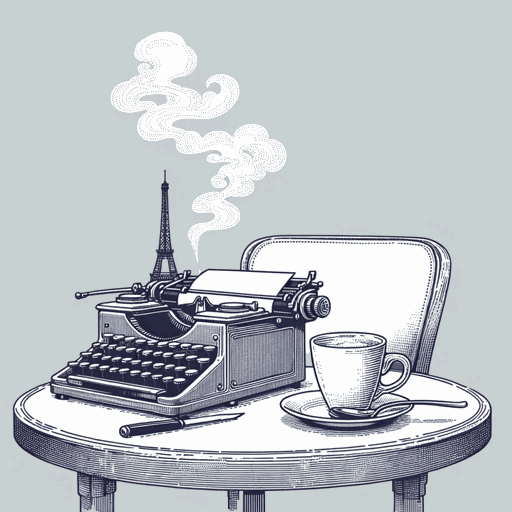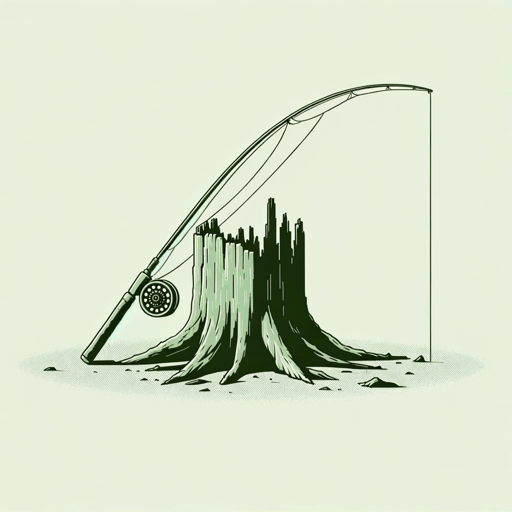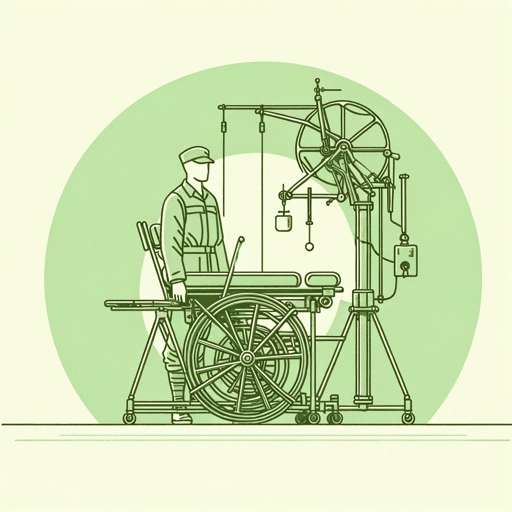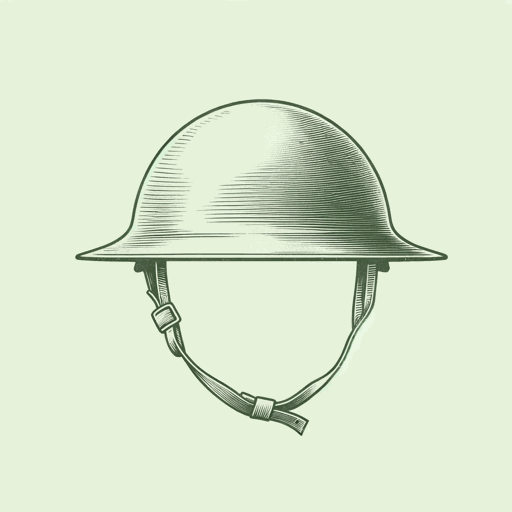26 pages • 52 minutes read
Ernest HemingwayOld Man at the Bridge
Fiction | Short Story | Adult | Published in 1938A modern alternative to SparkNotes and CliffsNotes, SuperSummary offers high-quality Study Guides with detailed chapter summaries and analysis of major themes, characters, and more.
Story Analysis
Analysis: “The Old Man at the Bridge”
“The Old Man at the Bridge” is an unconventional war story. It effectively presents Hemingway’s commonly used themes of Moral Ambiguity in the Context of War and The Casualties of War in an uncommon way, using fewer than 600 words and without showing a single moment of violence. This stylistic choice is typical of Hemingway, who favored brief but powerful human moments over larger stages and epic battles.
Hemingway wrote more traditional war narratives in his dispatches from the Spanish Civil War that inspired “The Old Man at the Bridge.” These reports, which were sent to the New York Times in April 1938, include vivid descriptions of battles and depictions of civilian victims of the conflict. Likewise, his most famous novel about World War I, A Farewell to Arms (1929), contains scenes of bloody imagery. “The Old Man at the Bridge,” however, includes none of this. Hemingway begins by eliminating the conventions of a war story. The weapons, the violence and the gore are all excluded; they are, in a way, obvious elements of which the reader is already aware. Instead, Hemingway chooses to focus on an intimate, personal moment.
Related Titles
By Ernest Hemingway

A Clean, Well-Lighted Place
Ernest Hemingway

Across the River and into the Trees
Ernest Hemingway

A Day's Wait
Ernest Hemingway

A Farewell to Arms
Ernest Hemingway

A Moveable Feast
Ernest Hemingway

A Very Short Story
Ernest Hemingway

Big Two-Hearted River
Ernest Hemingway

Cat in the Rain
Ernest Hemingway

For Whom the Bell Tolls
Ernest Hemingway

Green Hills of Africa
Ernest Hemingway

Hills Like White Elephants
Ernest Hemingway

In Another Country
Ernest Hemingway

Indian Camp
Ernest Hemingway

In Our Time
Ernest Hemingway

Soldier's Home
Ernest Hemingway

Solider's Home
Ernest Hemingway

Ten Indians
Ernest Hemingway

The Garden of Eden
Ernest Hemingway

The Killers
Ernest Hemingway

The Nick Adams Stories
Ernest Hemingway

